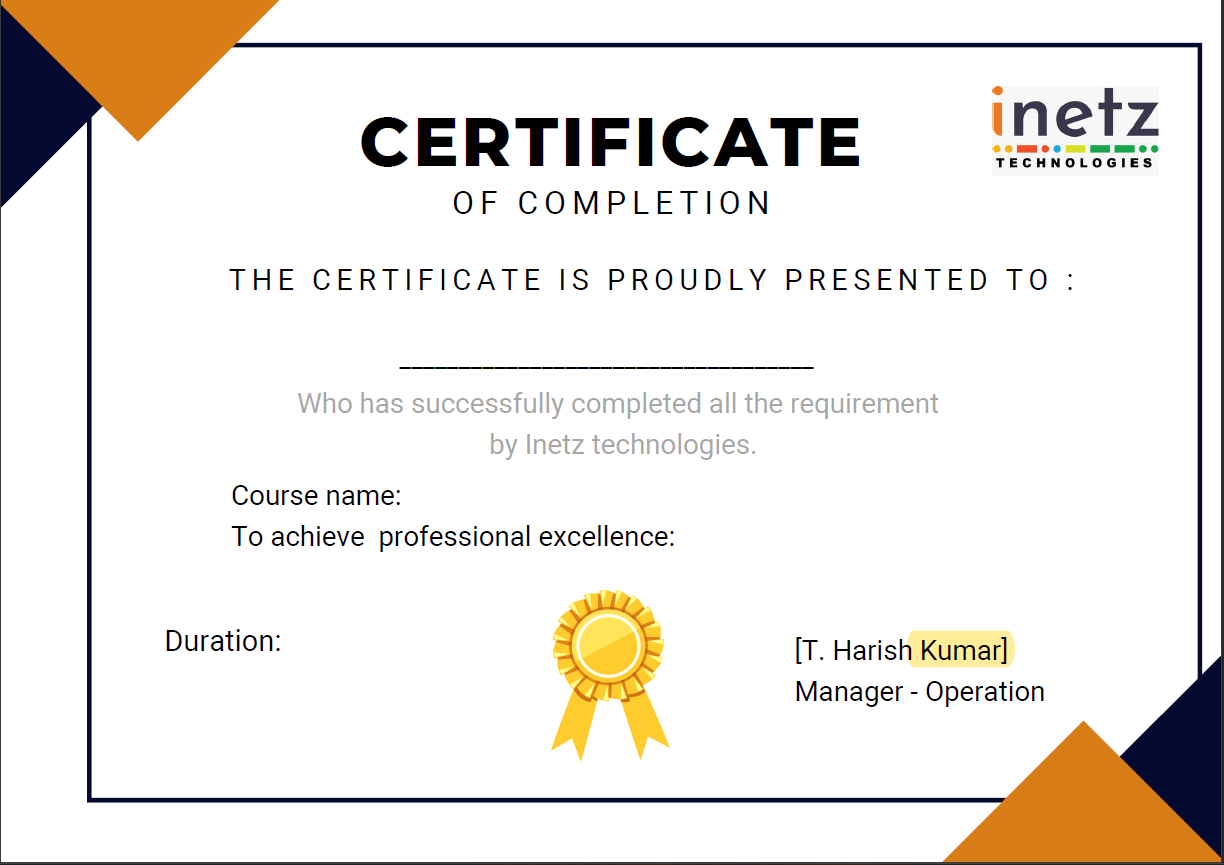Java selenium syllabus
Module 1: Introduction to Automated Testing and Selenium
- Understanding automated testing and its importance
- Overview of Selenium and its components
- Introduction to Selenium WebDriver and its capabilities
Module 2: Setting Up the Test Environment
- Installing and configuring Java Development Kit (JDK)
- Setting up Integrated Development Environment (IDE) such as Eclipse
- Configuring Selenium WebDriver and browser drivers
Module 3: Java Basics for Selenium
- Introduction to Java programming language
- Variables, data types, and operators
- Control flow statements: if, switch, loops
Module 4: Selenium WebDriver Basics
- Interacting with web elements using WebDriver
- Locating elements using different strategies (XPath, CSS selectors, etc.)
- Performing actions such as clicks, typing, and navigating between pages
Module 5: Advanced Selenium WebDriver Concepts Module 5: Types of Testing
- Handling different types of web elements (checkboxes, radio buttons, dropdowns)
- Handling alerts, pop-ups, and multiple browser windows
- Working with iframes and handling dynamic elements
Module 6: Synchronization and Waits in Selenium
- Importance of synchronization in automated testing
- Implicit and explicit waits for handling synchronization issues
- Handling dynamic content loading and AJAX calls
Module 7: TestNG Framework for Test Execution
- Introduction to TestNG testing framework
- Organizing test cases using TestNG annotations
- Parameterization, grouping, and parallel test execution
Module 8: Data-Driven Testing with Selenium
- Reading data from external sources (Excel, CSV)
- Implementing data-driven testing using TestNG data providers
- Dynamic test execution based on test data
Module 9: Page Object Model (POM) Design Pattern
- Principles of the Page Object Model (POM)
- Implementing POM for better test maintenance and scalability
- Advantages of using POM in Selenium projects




